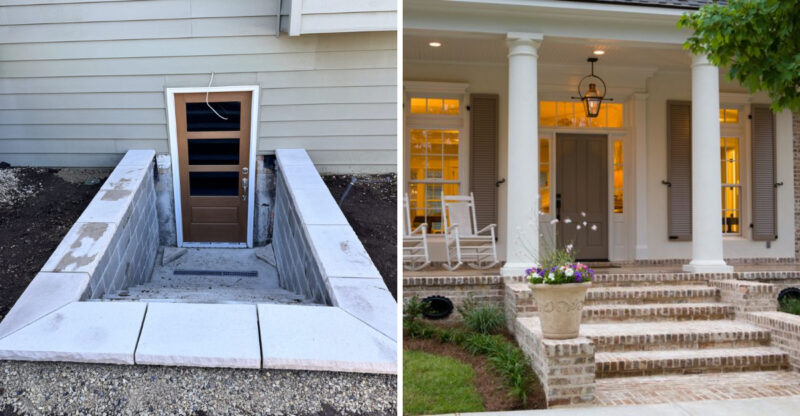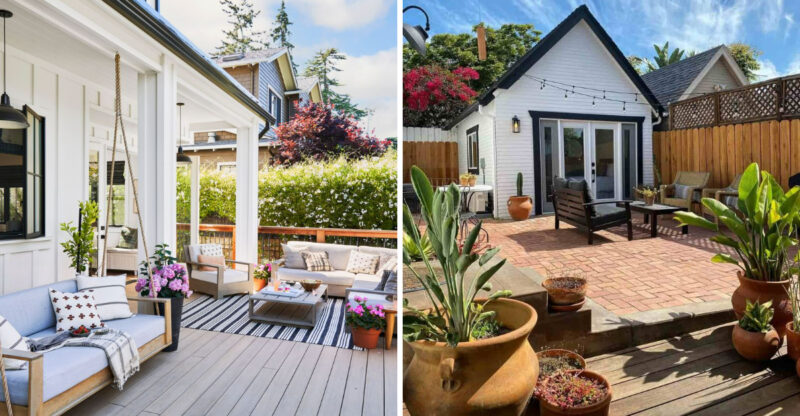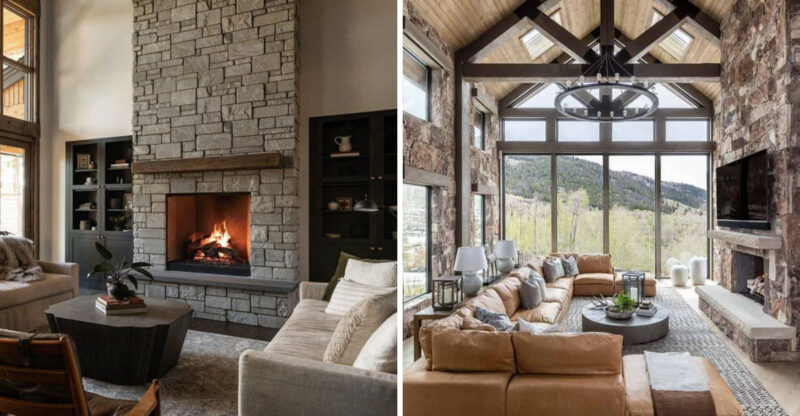12 Types Of Homes Expected To Fall In Value In New Mexico In 2025 – According To Analysts

Desert winds carry change through quiet neighborhoods, reshaping what buyers want and where they’re willing to invest. Homes once prized for their size or style now face new scrutiny under shifting market trends.
Across New Mexico, evolving lifestyles, rising costs, and environmental realities are rewriting the rules of real estate. Some properties will thrive in this new era – others may struggle to keep pace as the landscape transforms around them.
1. Traditional Adobe Homes
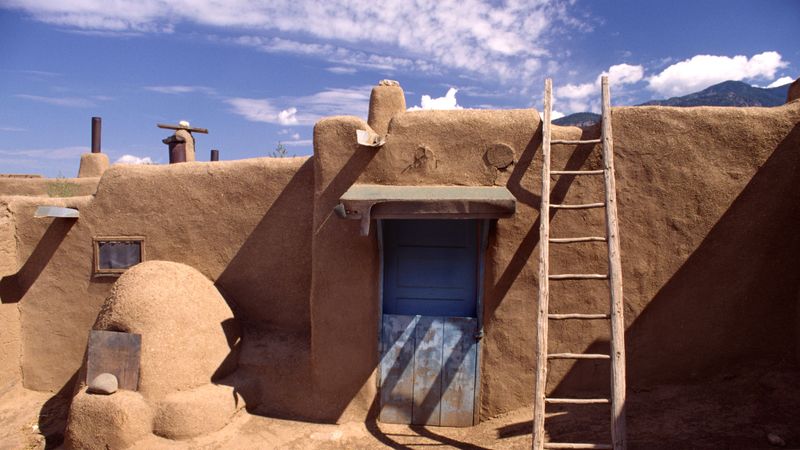
Thick mud walls and rustic appeal once made these properties iconic symbols of the Southwest. However, temperature swings cause cracks that demand specialized repair skills, which are both expensive and increasingly hard to find.
Modern buyers lean toward low-maintenance options with energy-efficient features. The upkeep costs associated with preserving authentic adobe construction could push values downward as more practical alternatives gain popularity in the marketplace.
2. Pueblo Revival Ranch Houses

Sprawling single-story layouts defined an era, but their compartmentalized rooms feel disconnected by today’s open-concept standards. Heating and cooling these expansive floor plans creates hefty utility bills that budget-conscious families want to avoid.
Larger households need flexible spaces rather than separated zones. Sustainability-focused buyers prefer compact, efficient designs over properties that consume more resources, making these ranch homes less competitive in a market that values both function and environmental responsibility.
3. Mid-Century Modern Desert Homes
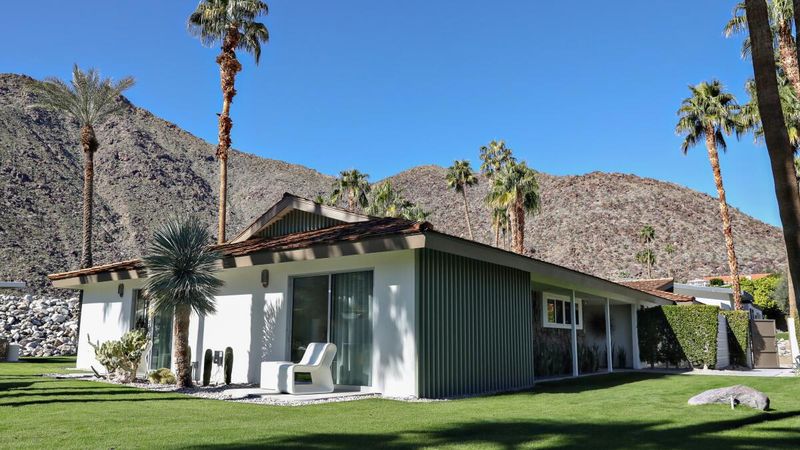
Nostalgia draws admirers to these iconic 1950s and 60s designs, but original single-pane windows and outdated electrical systems create costly modernization challenges. Preserving architectural integrity while upgrading functionality demands significant investment.
Buyers appreciate the aesthetic but hesitate when faced with extensive repair bills. The charm of vintage design doesn’t always offset the practical headaches, leading to longer market times and potentially lower offers as more move-in ready options become available.
4. Spanish Colonial Reproductions

Mass-produced versions from the 1980s and 90s lack the authenticity that makes historic properties special. Cheap materials used during construction are deteriorating faster than anticipated, creating hidden problems beneath attractive exteriors.
Leaking red tile roofs and moisture damage under stucco surfaces require expensive fixes. Dated interior layouts don’t match current lifestyle needs, making these reproductions tough sells when genuine historic homes or modern builds offer better value and fewer surprises.
5. Manufactured Santa Fe Style Homes
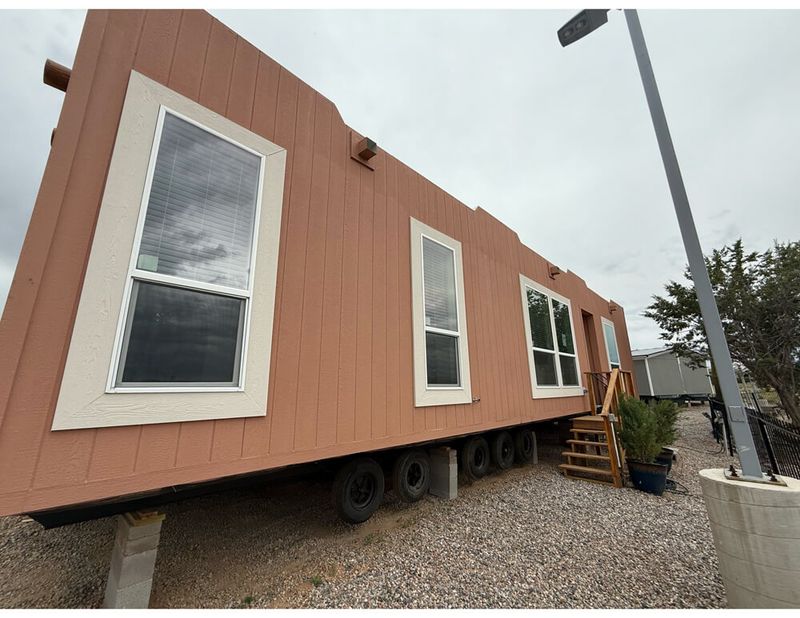
Factory-built properties designed to mimic regional aesthetics face unique challenges in the resale market. Banks treat manufactured housing differently, making financing harder and limiting buyer pools significantly.
Construction quality issues like thin walls and cheaper materials lead to faster deterioration. Land lease situations in mobile home parks add monthly costs that erode equity gains, making these properties less attractive investments compared to site-built alternatives with traditional financing options.
6. Concrete Block Stucco Houses

Budget construction from past decades prioritized affordability over aesthetics, resulting in homes that lack architectural interest or curb appeal. Poor insulation makes climate control difficult and expensive throughout the year.
Stucco cracks as materials age, requiring ongoing repairs that add up over time. Buyers in this price range now have access to newer builds with modern amenities and attractive designs, making these utilitarian boxes harder to sell competitively.
7. Flat Roof Modernist Boxes
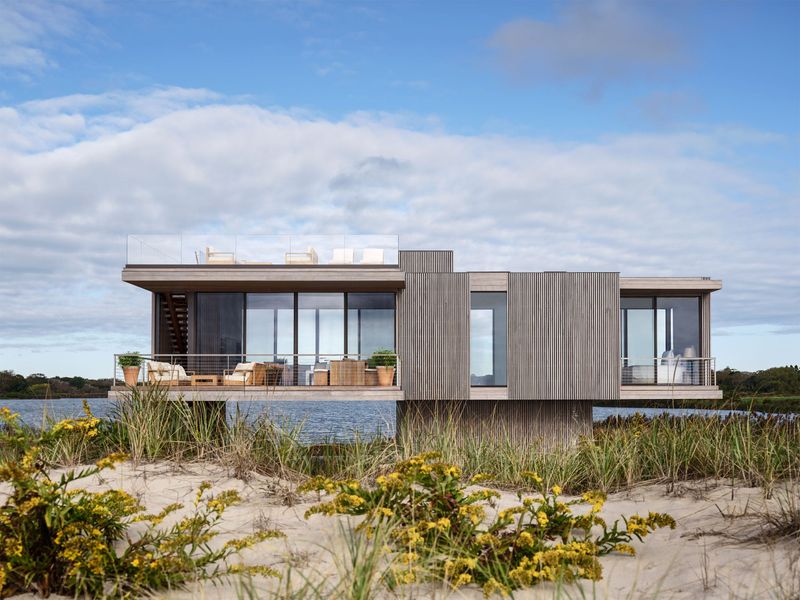
Ultra-minimalist designs from the 2000s prioritized stark aesthetics but created practical problems in New Mexico’s climate. Drainage issues lead to constant leak repairs, and the cold appearance feels unwelcoming to most buyers.
Limited windows make interiors dark and uninviting despite the modern intent. Specialized roofing systems require expensive maintenance that negates any savings from simple construction, making traditional pitched roofs more financially sensible for long-term ownership.
8. Cookie-Cutter Subdivision Homes

Housing boom construction prioritized speed over quality, resulting in neighborhoods filled with identical designs. Thin walls, cheap materials, and repetitive layouts offer nothing distinctive in a market where buyers crave character.
Poor craftsmanship becomes apparent as these properties age. Today’s buyers seek homes with personality and solid construction rather than generic boxes that look exactly like their neighbors, pushing values down as more interesting options compete for attention.
9. Oversized McMansions On Small Lots

Early 2000s building trends produced massive homes crammed onto tiny lots, creating awkward proportions that feel out of balance. Minimal yard space limits outdoor living opportunities that modern buyers prioritize.
Maintaining such large structures demands significant time and money that many families would rather invest elsewhere. The combination of high upkeep costs and lack of usable outdoor areas makes these properties less desirable as community-focused living and manageable spaces gain preference.
10. Territorial Style Haciendas

Grand courtyards and formal layouts evoke old-world elegance, but they require significant land and ongoing maintenance budgets. Water-intensive landscaping clashes with drought realities, making these properties less appealing to environmentally aware buyers.
Modern families prefer flexible spaces for home offices and casual entertaining rather than rigid, ceremonial arrangements. The combination of high upkeep demands and impractical design elements could lead to declining interest and lower resale values over time.
11. Energy-Inefficient Older Builds

Homes built before modern energy standards consume significantly more resources for heating and cooling. Rising utility costs make these properties expensive to operate, cutting into household budgets every single month.
Retrofitting older construction with efficient systems requires substantial investment that many buyers aren’t willing to undertake. As energy consciousness grows and utility rates climb, properties without modern efficiency features will struggle to compete against newer builds designed with sustainability in mind from the ground up.
12. Homes With Deferred Maintenance Issues
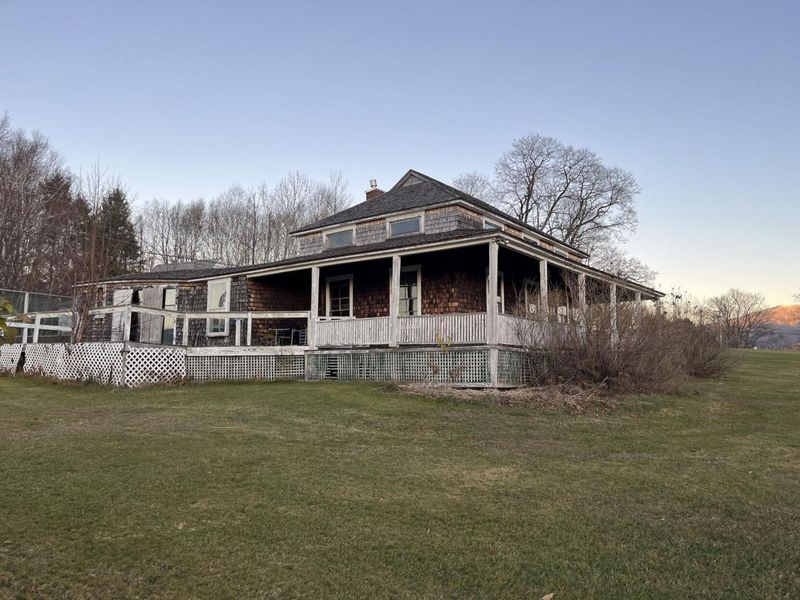
Properties with accumulated repair needs face tough market conditions as buyers prefer move-in ready options. Visible problems signal hidden issues that could multiply costs unexpectedly, making financing difficult and appraisals challenging.
Deferred maintenance compounds over time, turning minor fixes into major projects. Buyers have limited patience for extensive renovation work when well-maintained alternatives exist, meaning neglected homes will likely see reduced offers and extended market times as competition increases.




